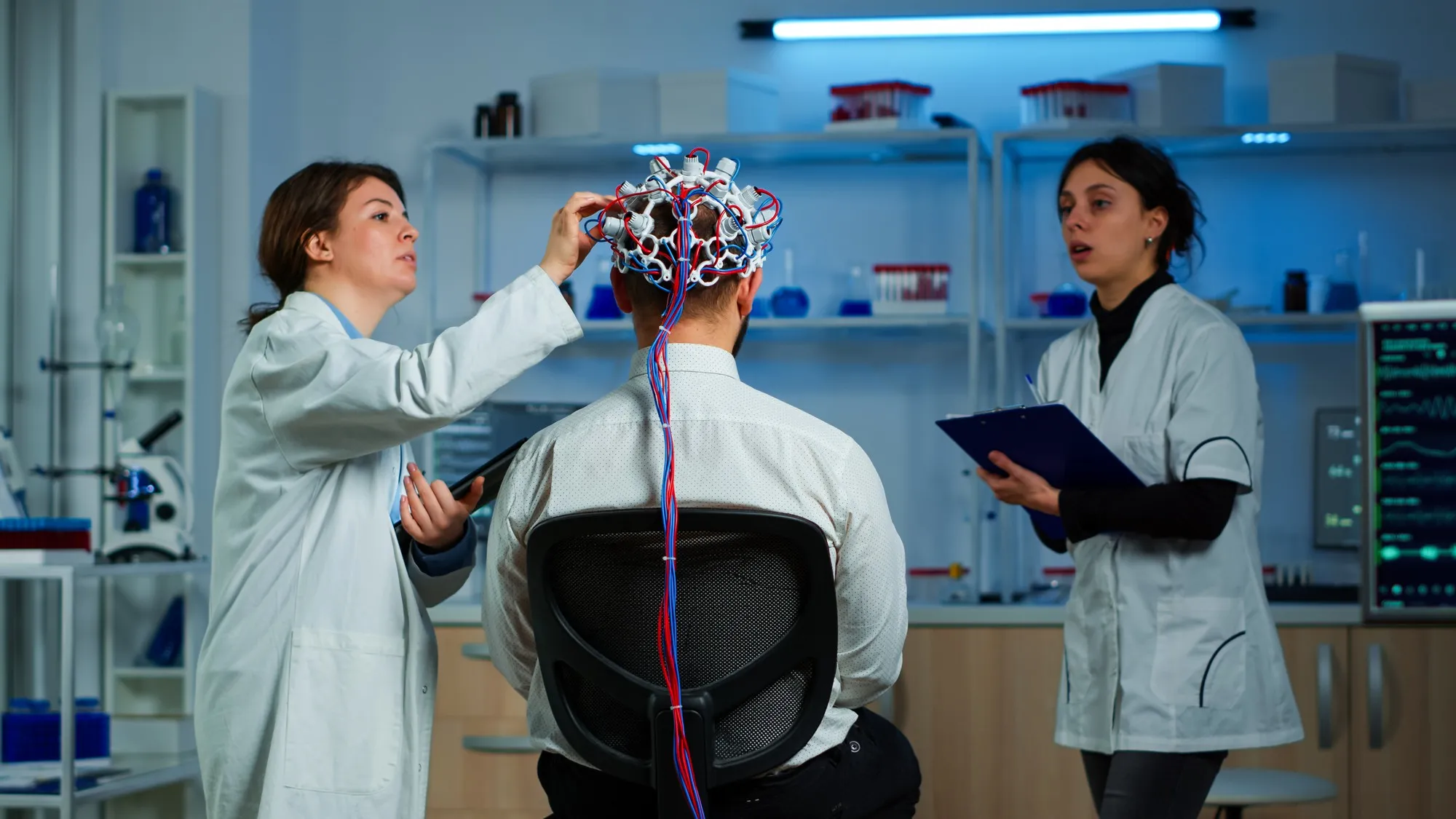In a substantial advancement for schizophrenia research, a study published in the “Journal of Psychopharmacology” has unveiled critical associations between global brain volume reductions and recognition memory deficits using a sub-chronic phencyclidine (PCP) animal model. The study, carried out by a team of researchers led by Nazanin Doostdar from the Division of Pharmacy and Optometry at the School of Health Sciences, University of Manchester, alongside Eugene Kim from the Department of Neuroimaging at King’s College London, and colleagues, offers new insights into the pathophysiology of schizophrenia and introduces a potential avenue for the development of improved therapeutic strategies.
The research, funded by the Medical Research Council UK, focuses on female Lister Hooded rats, a popular choice for neuropharmacological studies due to their consistent response to drugs and behavioral tasks. By administering sub-chronic PCP, researchers created a rat model intended to mimic certain aspects of schizophrenia in humans, particularly cognitive impairments and brain structure alterations.
In the study published in October 2019, the rats were subjected to novel object recognition tasks both one and six weeks after receiving PCP. The tasks are designed to gauge the rats’ ability to recognize new objects as a measure of their cognitive function. The researchers found that the PCP-treated rats displayed a significant decrease in time spent exploring novel objects, suggesting a notable deficit in recognition memory, a cognitive function commonly impaired in schizophrenia patients.
Moreover, magnetic resonance imaging (MRI) analysis revealed global brain volume reductions in the PCP-treated rats, mirroring findings in schizophrenia patients. In particular, the study found that the relative volumes of the perirhinal cortex, which is implicated in object recognition memory, were positively correlated with novel object exploration behavior. This suggests that structural changes in the brain could be specifically linked to cognitive deficits observed in schizophrenia.
The study’s lead authors, along with contributing researchers Michael K. Harte, Joanna C. Neill, and Anthony C. Vernon, emphasize the functional relevance of the perirhinal cortex in recognition memory, offering valuable data confirming the role of this brain region in schizophrenia-like symptoms in animal models. This alignment with human clinical findings upholds the validity of the sub-chronic PCP rat model for future research into the neurobiology and potential treatments of schizophrenia.
The implications of this research are manifold. Firstly, it underscores the notion that brain structure changes, such as atrophy in certain regions, can directly impact cognitive functions. Secondly, it provides a robust pre-clinical model for scientists to explore new pharmacological interventions that might ameliorate or reverse these cognitive impairments.
Keywords
1. Schizophrenia Research
2. Cognitive Dysfunction Schizophrenia
3. Brain Atrophy Schizophrenia
4. Phencyclidine Rat Model
5. Novel Object Recognition Task
As the global scientific community continues to unravel the complexities of schizophrenia, the findings from the study contribute a critical piece to the puzzle. Understanding the intricate connections between structural brain changes and cognitive dysfunction could pave the way for breakthroughs in treatment modalities.
References
1. Doostdar, N., Kim, E., Grayson, B., Harte, M. K., Neill, J. C., & Vernon, A. C. (2019). Global brain volume reductions in a sub-chronic phencyclidine animal model for schizophrenia and their relationship to recognition memory. Journal of Psychopharmacology, 33(10), 1274-1287. https://doi.org/10.1177/0269881119844196
2. Olney, J. W., & Farber, N. B. (1995). Glutamate receptor dysfunction and schizophrenia. Archives of General Psychiatry, 52(12), 998–1007. https://doi.org/10.1001/archpsyc.1995.03950240016004
3. Coyle, J. T. (2006). Glutamate and schizophrenia: Beyond the dopamine hypothesis. Cellular and Molecular Neurobiology, 26(4-6), 365-384. https://doi.org/10.1007/s10571-006-9062-8
4. Jentsch, J. D., & Roth, R. H. (1999). The neuropsychopharmacology of phencyclidine: From NMDA receptor hypofunction to the dopamine hypothesis of schizophrenia. Neuropsychopharmacology, 20(3), 201-225. https://doi.org/10.1016/S0893-133X(98)00060-8
5. Lewis, D. A., & Lieberman, J. A. (2000). Catching up on schizophrenia: Natural history and neurobiology. Neuron, 28(2), 325-334. https://doi.org/10.1016/S0896-6273(00)00111-7
The study presented in the “Journal of Psychopharmacology” is a testament to the significance of animal models in neuroscience research, facilitating a deeper understanding of psychiatric conditions. Further research following this groundwork holds promise for the development of novel approaches to mitigate the cognitive challenges faced by individuals with schizophrenia.
